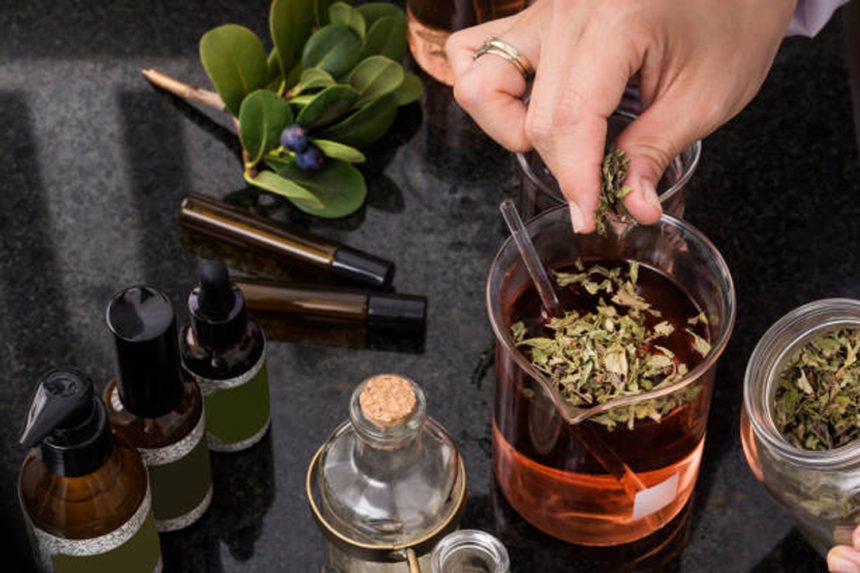It’s not news that what we eat affects our health. What is news is that researchers are learning more each day just how powerful that food health connection really is. Their discoveries are opening up a whole new understanding of how we can use food to prevent disease.
It turns out that in addition to vitamins and minerals, plants have a whole class of chemical properties called phytonutrients. These phytonutrients protect plants from their natural predators’ insects, bacteria, viruses, and the like. Amazingly, when humans eat the plants that contain phytonutrients, they protect us, too. Not from bugs, but from things like high cholesterol, hardening of the arteries, heart disease, certain cancers, even aging itself.
Blocking the Damage
The family of phytonutrients is a large one and each member of this family works in different ways. Their most common weapons against disease, however, appear to be their antioxidant abilities.
Every day, your body is under attack by harmful substances known as free radicals. These are oxygen molecules that, due to pollution, sunlight, and every day wear and tear, have each lost an electron. As they attempt to regain their missing electrons, they careen through your body, stealing electrons wherever they can. The molecular victims of these raids are damaged in the process and become free radicals themselves. Unless this chain reaction is stopped, the result is huge numbers of damaged molecules and, over time, irreparable damage and disease.
Here’s an example. Normal cholesterol is a benign, helpful substance. But when cholesterol molecules are damaged by free radicals, they begin sticking to artery walls, causing hardened arteries and heart disease.
Another example: When free radicals attack molecules in your body’s DNA, the genetic blueprint that tells your cells how to function, the blueprint is damaged. This is what allows cancer to develop. Even aging, many scientists believe, is caused by free radical damage.
The antioxidant powers of phytonutrients can quite literally save your life. Essentially, they step between the marauding free radicals and your body’s cells, offering up their own electrons. When free radicals grab these “free” electrons, they become stable again and do no further damage. Most phytonutrients are potent antioxidants.
Flushing Toxic Wastes
Another way that phytonutrients keep us healthy is by neutralizing and flushing toxic chemicals from our bodies before they have time to make us sick. They do this by manipulating enzymes known as phase 1 and phase 2 enzymes, explains Gary Stoner, Ph.D., director of the cancer chemoprevention program at the Ohio State University Comprehensive Cancer Center in Columbus.
Phase 1 enzymes are like double agents. They’re created by your body and are important for normal cell function. But they have the ability to work against you, too. When cancer-causing toxins enter your system, phase 1 enzymes help make them active. Phase 2 enzymes, on the other hand, are real good guys. They seek out carcinogens and detoxify them before they do damage.
When you eat broccoli or other vegetables, some of the phytonutrients begin stomping out the enemy phase 1 enzyme while increasing the production of helper phase 2 enzymes. This process helps neutralize the various cancer causing toxins that naturally accumulate in the body.
Hormone Helper

A third way in which some phytonutrients fend off disease is by keeping certain hormones most notably, the female sex hormone estrogen at healthy levels.
Estrogen also has a good side and a bad side. When it’s produced at normal levels, it helps control everything from menstruation to childbirth. At the same time, it helps keep artery clogging cholesterol in check, thus preventing heart disease. When estrogen levels rise, however, they can stimulate hormone-related cancers like those of the breast and ovaries, says Leon Bradlow, Ph.D., director of biochemical endocrinology at the Strang Cancer Research Laboratory in New York City.
There are several ways in which phytonutrients keep estrogen at its proper levels. For example, a class of phytonutrients called isoflavones is extremely similar to natural estrogen. When we eat foods containing isoflavones, they bind to the body’s estrogen receptors, leaving the real hormone with nowhere to go but out.
Although estrogen is often referred to as if it were one hormone, there are, in fact, different forms. One kind of estrogen, called 16-alphahydroxyestrone, has been linked to breast cancer. Another form, 2 hydroxyestrone, appears to be harmless. Certain phytonutrients are able to increase levels of the harmless form of estrogen while decreasing levels of the dangerous kind, says Dr. Bradlow.
Eating Your Medicine
Add all these effects together, and it becomes clear that the disease-fighting powers of phytonutrients are staggering. As with vitamins and minerals before them, scientists foresee a day when many of these compounds will be used for treating disease in the hospital and for preventing it at home.
“People used to get beriberi, a vitamin deficiency disease marked by a decline in neuro- muscular coordination, because they weren’t getting enough thiamin in their diets,” says Dr. Bradlow. “We started enriching our bread with thiamin, and now, nobody gets beriberi anymore. In the same way, it may be possible to develop high phytochemical yielding strains of vegetables so that they can be used therapeutically against diseases like cancer and heart disease.”
In the meantime, researchers stress that there is only one way to get the phytonutrients that your body needs. You must eat them in the packages Mother Nature provides: fruits, vegetables, and grains.







